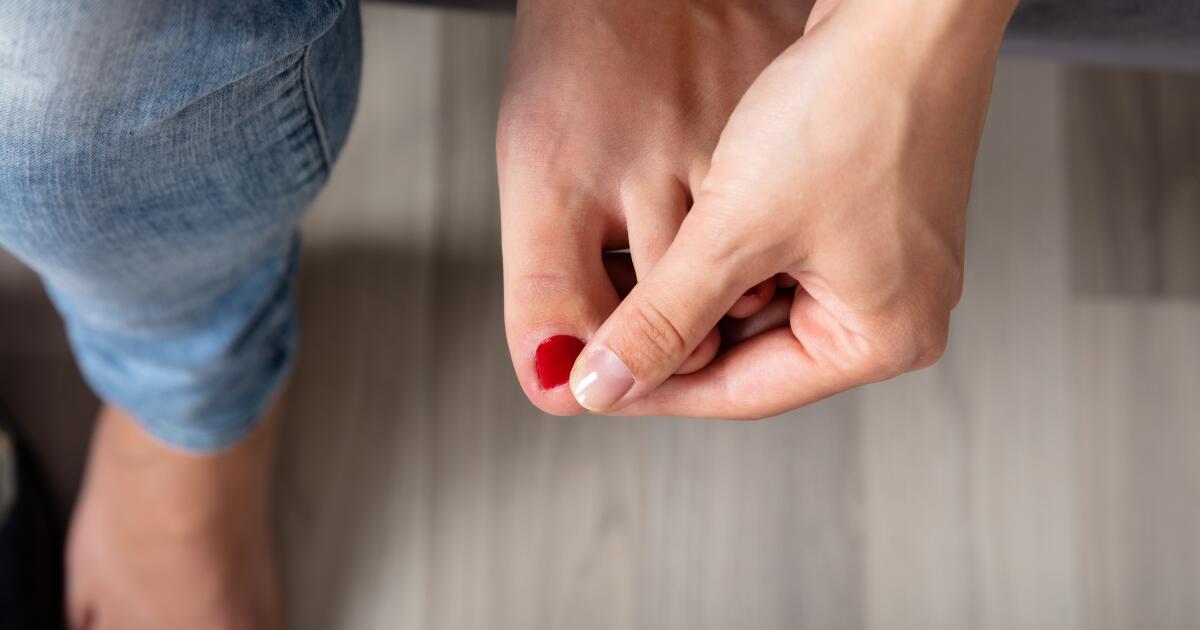Ingrown toenails are a common issue, often caused by wearing tight shoes or improper nail trimming. If you've ever experienced this painful condition, you know how much it can affect your daily life. Around 20% of people deal with ingrown toenails at some point, leading to pain, swelling, and sometimes infection. While many cases can be managed at home, severe cases may require medical intervention. Here are seven effective treatments to help you find relief from an ingrown toenail.
1. Soak in warm, soapy water
One of the simplest and most effective treatments is soaking your affected foot in warm, soapy water. This can help reduce swelling and alleviate pain. You can soak your foot for about 20 minutes a few times a day. Adding Epsom salts to the water can provide additional relief. Castile soap is a good choice due to its gentle nature.
2. Use a toe protector
Toe protectors can act as a cushioning barrier for the ingrown toenail, reducing pressure and pain. These protectors come in various forms, including rings that go around the affected area or complete toe coverings. Some products, like Dr. Scholl's toe protectors, even contain medicated gel to help soften the toenail, making it easier to trim. Follow the usage instructions until the ingrown toenail is resolved.
3. Try a toe brace
Toe braces are thin devices designed to keep the toenail in place and protect the skin from further irritation. They help both treat and prevent ingrown toenails by aligning them correctly as they grow. You can find toe braces online or at pharmacies. They provide a non-invasive option to manage this condition effectively.
4. Apply antiseptic ointment
Using an antiseptic ointment can promote healing and prevent infection. Apply the ointment to the affected toenail as directed, usually up to three times a day. Common options include mupirocin (Bactroban), neomycin (Neosporin), and bacitracin/polymyxin B (Polysporin). After applying the ointment, cover the toenail with a bandage to keep it clean and protected.
5. Take over-the-counter pain relievers
Over-the-counter pain relievers like acetaminophen (Tylenol) can help alleviate pain from an ingrown toenail. Follow the dosage instructions carefully to avoid side effects. For instance, do not exceed 10 tablets in 24 hours, and avoid alcohol while taking acetaminophen. If swelling is also an issue, ibuprofen (Advil) might be a better option as it addresses both pain and inflammation. Be mindful of side effects such as stomach aches and diarrhea, and use these medications as directed.
6. Consult your doctor for oral antibiotics
If your ingrown toenail becomes severely infected and does not respond to home treatments, it may be necessary to consult a doctor for oral antibiotics. These medications can help reduce pain and swelling, and fight the infection. Follow your doctor's instructions carefully to ensure the infection is fully treated.
7. Consider nail removal
For persistent or severe cases of ingrown toenails, ingrown toenail surgery might be necessary. A doctor can remove part of the nail's edge, the underlying nail bed, or part of the middle growth plate under local anesthesia. In extreme cases, the entire toenail may be removed to prevent future issues. Common surgical options include:
- Wedge Resection: Removing part of the toenail to prevent it from digging into the skin, also known as partial nail avulsion.
- Toenail Removal: Completely removing the toenail may result in a higher risk of a deformed nail upon regrowth.
- Tip Surgery: Restructuring the soft tissue near the tip of the toe.
- Matrixectomy: Removing both the nail and the nail bed to prevent regrowth.
The bottom line
Ingrown toenails can be painful and disruptive, but there are multiple treatment options available. Starting with home remedies like warm soaks and over-the-counter pain relievers can often resolve mild cases. For more severe or persistent issues, consulting a healthcare professional for advanced treatments, including antibiotics or surgery, may be necessary. Paying attention to your feet and seeking timely treatment can help you maintain foot health and avoid complications.






Comments